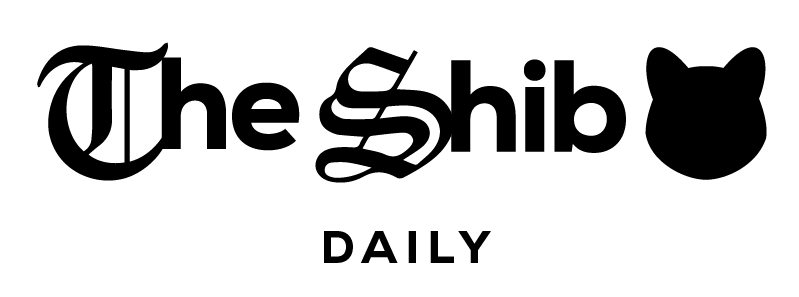U.S. Securities and Exchange Commission (SEC) Chair Paul Atkins has outlined the agency’s approach to tackling digital asset fraud through its “Project Crypto” initiative, while emphasizing how upcoming legislation in Congress aims to define the respective roles of the SEC and the Commodity Futures Trading Commission (CFTC) in regulating cryptocurrencies.
Key Points
- Digital commodities, collectibles, network tokens, and utility-focused assets generally fall outside SEC oversight, while tokenized securities remain subject to regulation
- The SEC intends to reduce regulatory uncertainty, enabling blockchain projects to focus on development, user engagement, and building a more dynamic and inclusive ecosystem
- The SEC chair noted Commissioner Hester Peirce’s view that a token may initially qualify as an investment contract at launch, but that designation can change over time
Key points:
- Chair Paul Atkins outlined the SEC’s approach to regulating digital assets, including plans to create a token taxonomy based on the Howey test to clarify which tokens qualify as securities.
- Digital commodities, collectibles, network tokens, and utility-focused assets generally fall outside SEC oversight, while tokenized securities remain subject to regulation.
- The SEC intends to reduce regulatory uncertainty, enabling blockchain projects to focus on development, user engagement, and building a more dynamic and inclusive ecosystem.
In a Wednesday address at the Federal Reserve Bank of Philadelphia, Atkins detailed the agency’s plans to modernize its regulatory framework for digital assets, emphasizing a focus on fairness and practical application of federal securities laws to cryptocurrencies and their associated transactions.
Atkins indicated that in the coming months, the SEC is expected to explore the creation of a token taxonomy, grounded in the established Howey test for investment contracts, while acknowledging the limitations of existing laws and regulations.
The SEC chair noted Commissioner Hester Peirce’s view that a token may initially qualify as an investment contract at launch, but that designation can change over time. Once the original investment contract concludes, the token can continue trading without those transactions being considered securities.
Related: Hong Kong Proposes Rules Allowing Insurers to Invest in Crypto
Atkins stated that under his leadership, the SEC would generally not classify digital commodities, collectibles, tools, or network tokens as securities, while “tokenized securities” would remain subject to the agency’s oversight.
“By streamlining this process, innovators in the blockchain space can focus their energies on development and user engagement rather than navigating a maze of regulatory uncertainty,” Atkins stated. “Additionally, this approach would cultivate a more inclusive and dynamic ecosystem—one in which smaller and less resource-intensive projects are free to experiment and to thrive,” he added.
Related: US Lawmakers Propose Tax Breaks for Small Stablecoin Payments and Staking
What the SEC Clarification Means for SHIB Holders
For SHIB holders, the SEC’s recent clarifications on which tokens qualify as securities carry meaningful implications. Shiba Inu, primarily designed as a utility-focused token, falls outside the direct regulatory oversight of the SEC under the proposed framework.
This distinction could provide investors and community members with added confidence in the token’s long-term potential, as it suggests that day-to-day use, transactions, and ecosystem activity are less likely to face regulatory interruptions.
By establishing a clearer line between securities and utility tokens, the SEC’s guidance allows SHIB to continue developing real-world applications, fostering adoption, and supporting community-driven initiatives without the looming uncertainty of enforcement actions.












